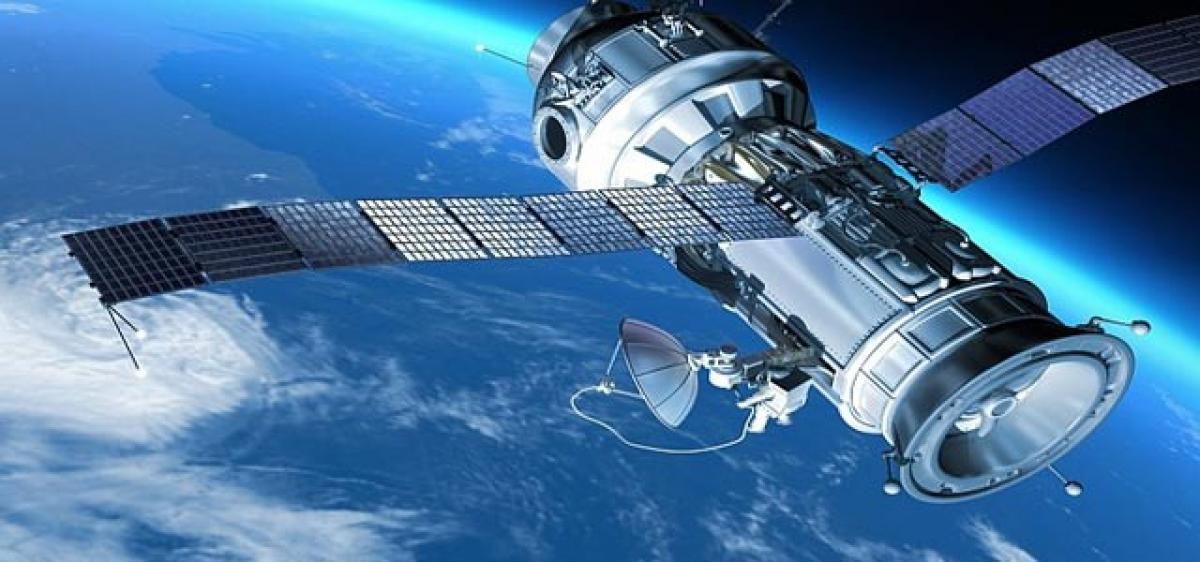Live
- Thane factory blast toll climbs to 8; Eknath Shinde says hazardous units to be relocated
- Lengthy election schedule planned to serve PM Modi's self-propaganda: Mamata Banerjee
- Toolkit against certain business activities of Adani Group exposed
- Union Minister Anurag Thakur slams Sukhu govt, accuses it of spreading propaganda on Hamirpur medical college
- Boxing Olympic Qualifiers: Panghal, Nishant get easy draws as Indian pugilists eye 10 Paris Olympic berths
- Modi govt never waived farm loans, Priyanka Gandhi claims in Haryana
- Turkey mulls 'foreign influence' law despite opposition criticism
- South Korea reports first 'highly pathogenic' bird flu case in more than three months
- J&K: Campaigning ends in Anantnag-Rajouri LS constituency, voting on May 25
- Six examination centers in Nagarkurnool district to Polycet









